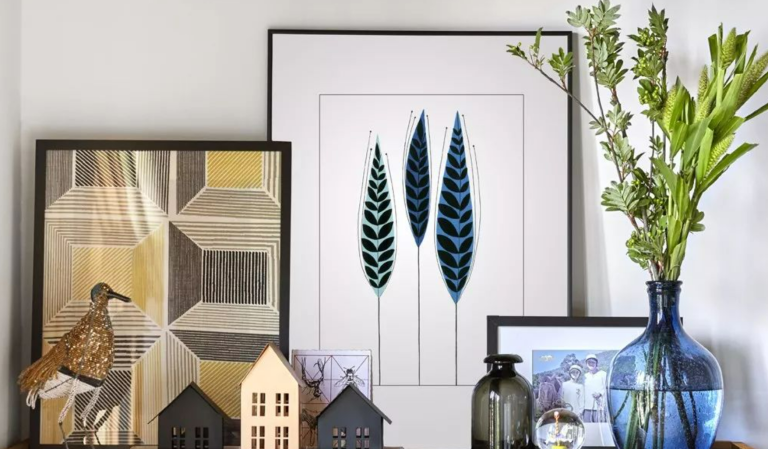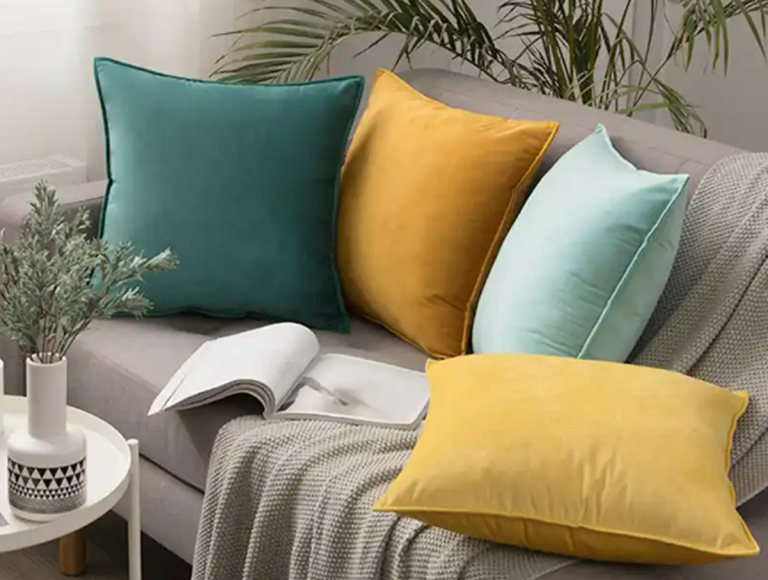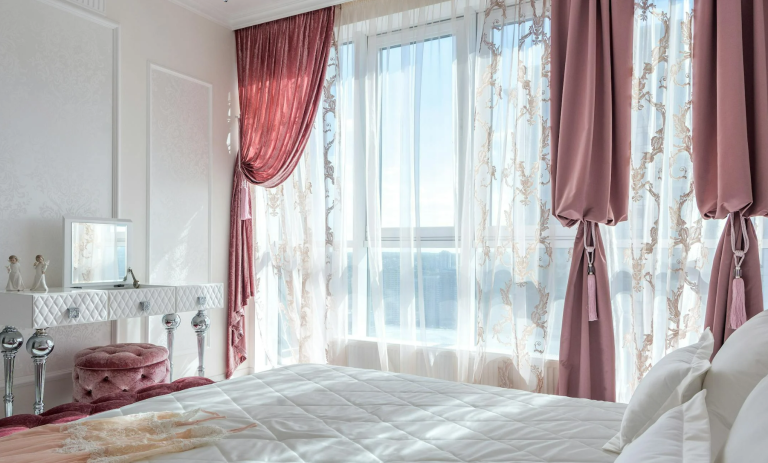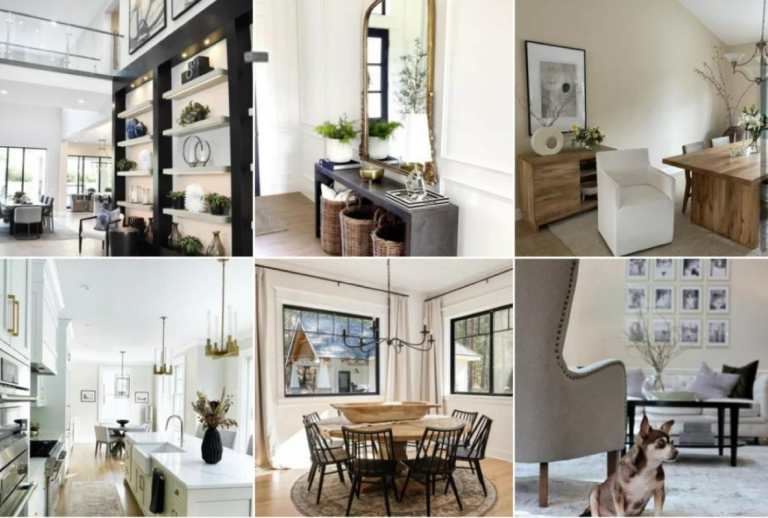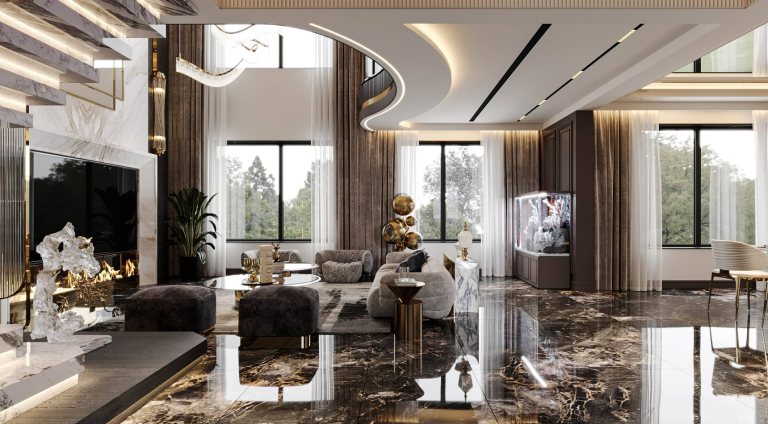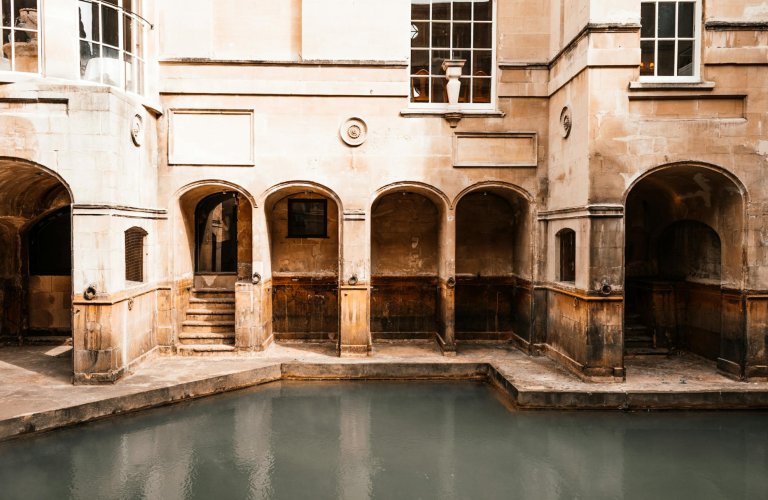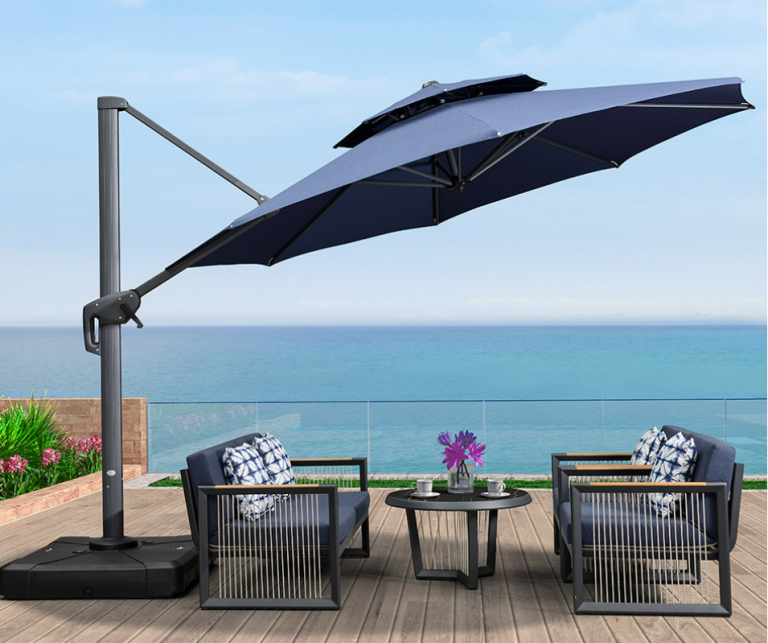
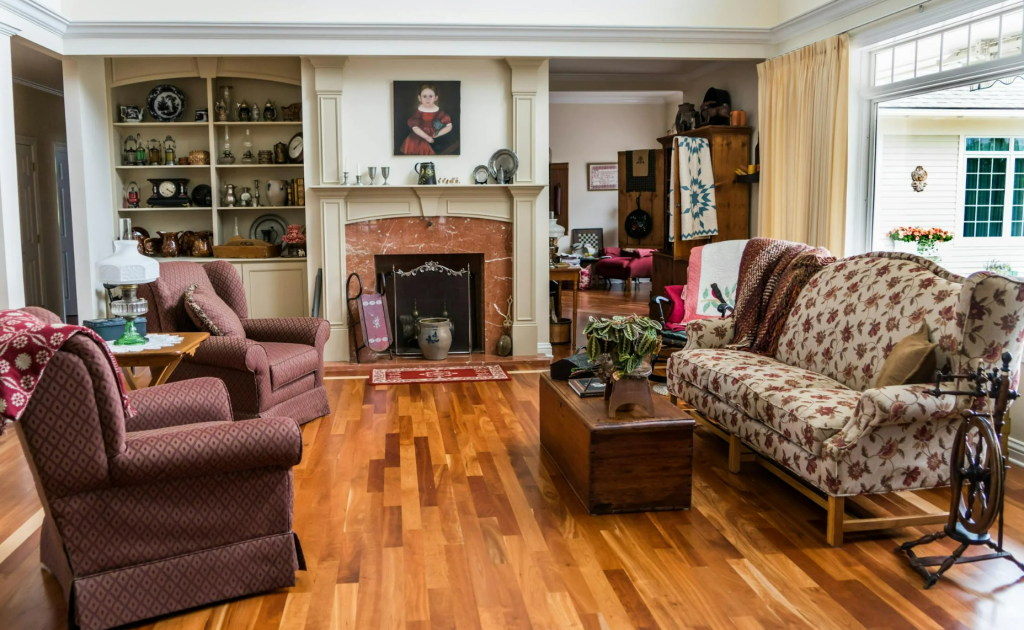
Secrets of Interior Decoration Styling: Transforming Your Home
Introduction: The Power of Thoughtful Interior Styling
A well-styled home isn’t just about beautiful furniture—it’s about creating an environment that feels uniquely yours while balancing aesthetics, comfort, and functionality. Whether you’re starting from scratch or refreshing your space, mastering a few key styling principles can turn any room from bland to breathtaking.
1. Understanding Your Personal Design Aesthetic
Identifying Your Style: Minimalist, Bohemian, Industrial, or Traditional?
- Minimalist: Clean lines, neutral tones, and “less is more.”
- Bohemian: Rich textures, global patterns, and layered decor.
- Industrial: Exposed brick, metal accents, and raw finishes.
- Traditional: Classic symmetry, ornate details, and warm woods.
How to Blend Multiple Styles Without Chaos
- Stick to a cohesive color palette to tie different elements together.
- Use transitional pieces (like a modern lamp on a vintage desk) to bridge styles.
2. The Psychology of Color in Interior Design
Choosing a Color Palette That Evokes the Right Emotions
- Blues & Greens: Calming, ideal for bedrooms.
- Reds & Oranges: Energizing, great for dining rooms.
- Neutrals (Beige, Gray, White): Versatile, perfect for small spaces.
Accent Colors vs. Neutral Backdrops: Striking the Perfect Balance
- Follow the 60-30-10 rule: 60% dominant color, 30% secondary, 10% accent.
- Use bold accents in throw pillows, rugs, or artwork to avoid overwhelm.
3. The Art of Space Planning
Furniture Arrangement for Flow and Functionality
- Leave at least 36 inches for walkways.
- Anchor seating areas with rugs to define zones.
How to Make Small Spaces Feel Larger
- Mirrors: Double visual space.
- Multi-functional furniture: Think storage ottomans or nesting tables.
4. Lighting: The Unsung Hero of Interior Styling
Layered Lighting Techniques for Ambiance and Practicality
- Ambient: Overhead fixtures (chandeliers, recessed lights).
- Task: Desk lamps, under-cabinet lighting.
- Accent: Wall sconces, LED strips.
Choosing the Right Fixtures for Each Room
- Dining Room: A statement chandelier.
- Bedroom: Soft, warm bedside lamps.
5. Textures and Materials: Adding Depth to Your Decor
Mixing Wood, Metal, Fabric, and Stone
- Pair a velvet sofa with a rough wooden coffee table for contrast.
- Add metallic accents (brass, copper) for sophistication.
Tactile Elements That Elevate a Room
- Chunky knit throws, woven baskets, and stone coasters add dimension.
6. Statement Pieces vs. Subtle Accents
When to Go Bold and When to Keep It Simple
- Statement: One oversized artwork or a bold-colored armchair.
- Subtle: Neutral rugs, simple curtains.
How to Choose a Focal Point in Every Room
- Living Room: Fireplace or media console.
- Bedroom: Headboard or a gallery wall.
7. The Role of Art and Decor in Styling
Selecting Art That Speaks to You
- Abstracts for modern spaces.
- Vintage posters for eclectic vibes.
Decor Placement Rules for Maximum Impact
- Bookshelves: Mix books, plants, and decor in odd numbers (3, 5, 7).
- Coffee Tables: Stack books, add a small tray, and a sculptural object.
8. The Magic of Mirrors and Reflective Surfaces
Using Mirrors to Enhance Light and Space
- Place opposite windows to double natural light.
- Oversized mirrors make narrow hallways feel wider.
9. Greenery and Biophilic Design
Best Indoor Plants for Every Skill Level
- Beginner: Snake plant, pothos.
- Advanced: Fiddle leaf fig, monstera.
Incorporating Nature Without the Clutter
- Hanging planters save floor space.
- Terrariums add greenery without maintenance.
10. Styling Shelves and Surfaces Like a Pro
The Rule of Three and Other Styling Tricks
- Group items in triangles for visual harmony.
- Vary heights (tall vase, medium candle, small figurine).
11. Seasonal and Temporary Styling Updates
Easy Swaps for Refreshing Your Space
- Summer: Light linen throws, sheer curtains.
- Winter: Chunky blankets, warm-toned pillows.
12. Common Interior Styling Mistakes to Avoid
Overcrowding, Poor Scaling, and Mismatched Themes
- Negative space is just as important as decor.
- Oversized furniture in small rooms kills flow.
13. Budget-Friendly Styling Hacks
High-Low Mixing: Splurge vs. Save
- Splurge: Sofa, mattress.
- Save: Decorative pillows, frames.
DIY Projects That Make a Big Difference
- Paint old furniture for a fresh look.
- Frame fabric scraps as affordable art.
14. The Future of Interior Styling Trends
Sustainable and Smart Home Integrations
- Recycled materials in furniture.
- Voice-controlled lighting systems.
Conclusion: Crafting a Home That Reflects You
Great interior styling is a mix of intuition and strategy. Start small, experiment, and let your space evolve with you.
FAQs About Interior Decoration Styling
1. How do I choose a color scheme if I’m indecisive?
Start with one inspiration piece (rug, artwork) and pull colors from it.
2. Can I mix modern and vintage furniture?
Yes! Use a neutral base to tie different eras together.
3. What’s the easiest way to update a room?
New lighting or fresh paint makes an instant impact.
4. How many throw pillows are too many?
For a standard sofa, 3–5 is ideal.
5. What’s the best plant for low light?
Snake plants thrive in dark corners.
